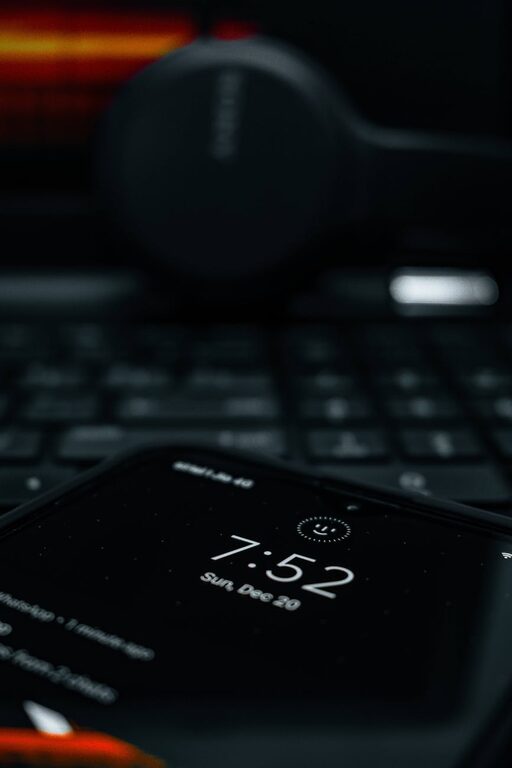In today’s connected world, notifications pop up constantly—from emails and social media to messaging apps and calendar alerts. While these can keep us informed, an overload of notifications often disrupts our focus and adds stress. Setting clear boundaries with notifications is an essential step toward reclaiming your attention and improving productivity.
In this post, we will explore practical tips to help you manage notifications effectively and create a balanced digital environment.
Why Setting Boundaries with Notifications Matters
Notifications are designed to grab your attention. When they come too frequently, they can fragment your concentration and interrupt deep work. This leads to:
– Increased stress and anxiety
– Reduced productivity
– Poor time management
– Difficulty focusing on important tasks
By establishing boundaries, you take control of when and how you receive notifications, allowing you to focus more and feel less overwhelmed.
1. Understand Your Notification Habits
Before making changes, spend a day or two observing how many notifications you receive and from which apps or devices. You might be surprised to find:
– Which apps send the most alerts
– How often you check your devices after a notification
– Times when notifications disrupt your workflow
This awareness will help you identify the primary sources of distraction.
2. Customize Notification Settings
Most devices and apps allow you to customize notifications in great detail. Here’s how to start:
– Prioritize Important Alerts: Only keep notifications from critical sources, like your email for work or family messaging apps.
– Turn Off Non-Essential Notifications: Disable alerts from apps that don’t require immediate attention, such as games or news alerts.
– Use Do Not Disturb or Focus Modes: Schedule times when all or most notifications are silenced, for example, during work hours or before bed.
Customizing settings helps reduce the noise and lets you respond to messages and updates on your terms.
3. Batch Check Notifications
Instead of reacting instantly to every notification, try batching your checking times. For example:
– Check emails three times a day—in the morning, after lunch, and before finishing work.
– Open social media apps only once or twice daily.
Batching minimizes interruptions and allows you to dedicate uninterrupted time to important tasks.
4. Create Physical and Digital Boundaries
Managing notifications isn’t just about settings; your environment plays a role too.
– Turn Off Notifications During Meetings and Focus Time: Use settings or simply silence your device.
– Keep Devices Out of Sight: When working on important projects, place your phone in another room or out of reach to avoid temptation.
– Limit Multitasking: Avoid switching between devices or apps constantly to reduce distractions.
Physical boundaries help reinforce your digital limits.
5. Communicate Your Boundaries
If you work with colleagues or manage a team, clearly communicate your notification preferences:
– Let people know your “quiet hours” or when you prefer not to be disturbed.
– Use messaging apps’ status features to indicate when you are focusing.
Setting expectations helps others respect your boundaries.
6. Use Notification Management Apps
Several apps can help you control notifications more efficiently:
– Apps that summarize or filter notifications so you see only what matters
– Tools that block notifications during specific times or activities
– Features built into smartphones like Apple’s Focus or Android’s Digital Wellbeing tools
Explore these resources to find options that fit your lifestyle.
7. Reflect and Adjust Regularly
Managing notifications is an ongoing process. Set time aside weekly or monthly to review:
– Which notifications are helpful or necessary
– Any new apps or services sending alerts
– How your habits and needs have evolved
Regular reflection ensures your notification settings stay aligned with your goals.
Final Thoughts
Setting boundaries with notifications can dramatically improve your ability to focus, reduce stress, and regain control over your time. While it may feel uncomfortable at first to disconnect, the benefits for your mental wellbeing and productivity are worth it.
Start small by adjusting a few key settings, batch checking your messages, and communicating your needs clearly. Over time, these habits will help you maintain a healthier balance between staying informed and staying focused.
Take charge of your notifications today—you’ll be glad you did!

